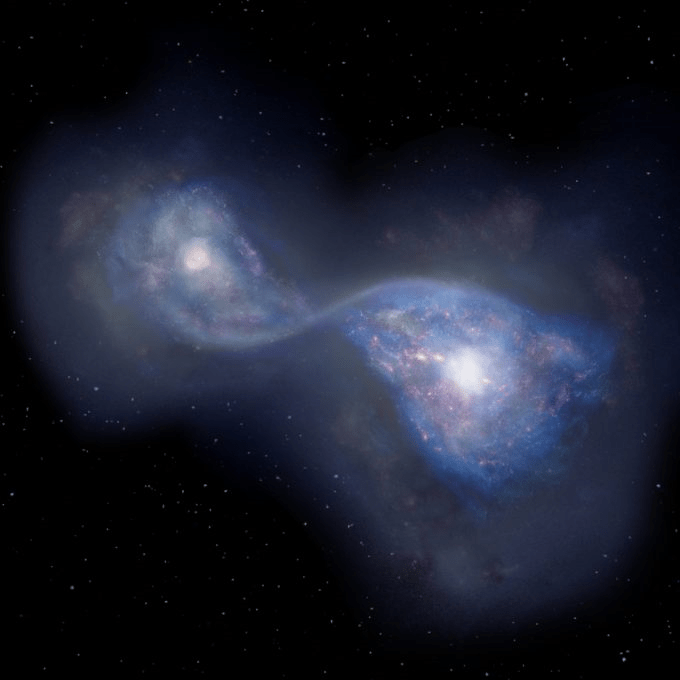Galaxy mergers are not particularly rare, but they are important events. Not only for the galaxies involved, but for scientists trying to piece together how galaxies evolve. Now, astronomers using ALMA have found the earliest example yet of merging galaxies.
Continue reading “The Earliest Example of Merging Galaxies Ever Found”This is the Closest OSIRIS-REx has Gotten to Bennu. Just 680 Meters Above the Asteroid
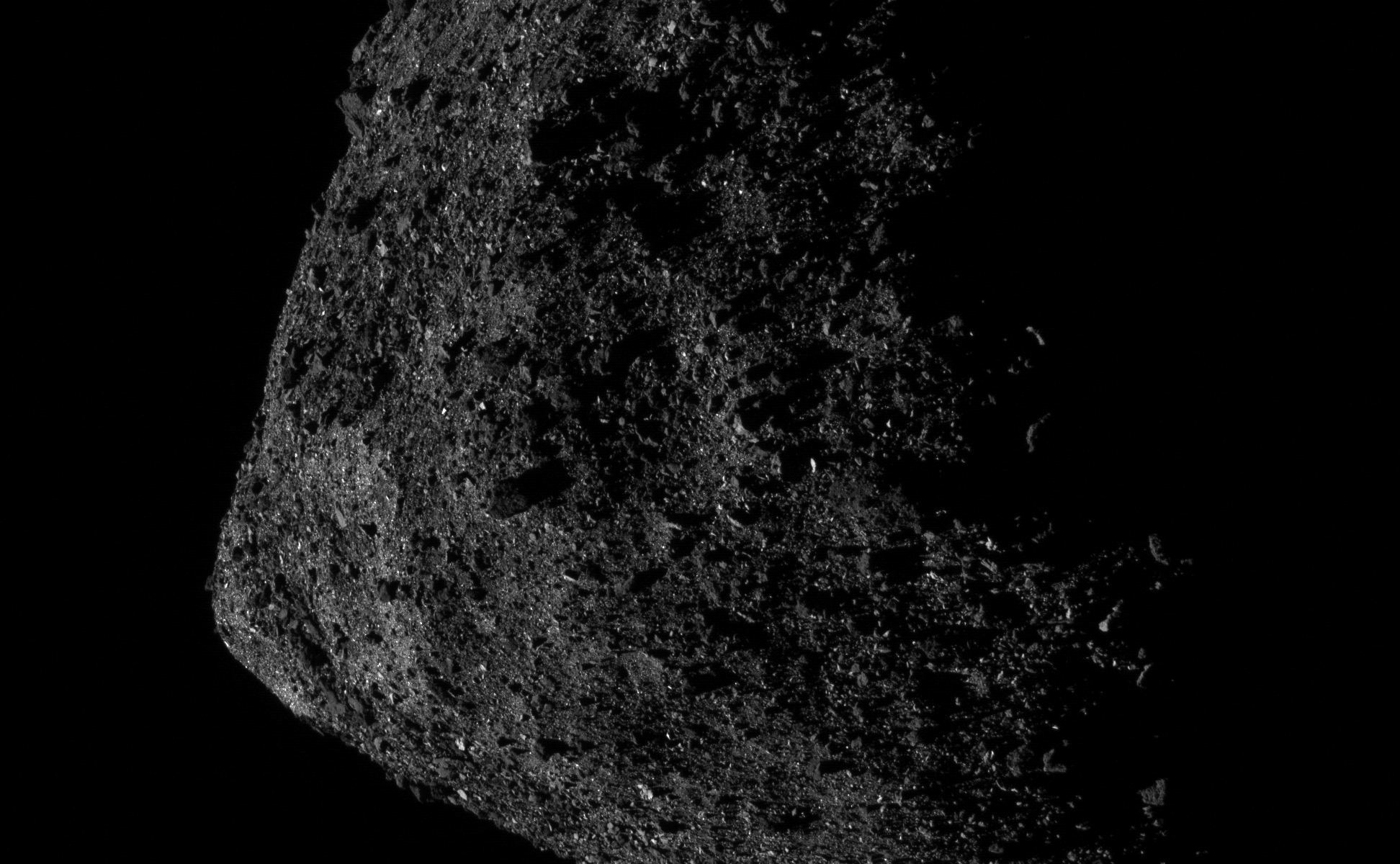
NASA’s OSIRIS-REx spacecraft has been at asteroid Bennu since Dec. 3rd, 2018. On that day, it went from travelling to the asteroid to travelling around it. Since then it’s been surveying and mapping Bennu.
Continue reading “This is the Closest OSIRIS-REx has Gotten to Bennu. Just 680 Meters Above the Asteroid”New Ideas to Reduce Muscle Loss During Spaceflight

One of the obstacles to long space missions is the muscle loss that astronauts suffer from. It’s called atrophy, and NASA says that astronauts can lose up to 20% muscle mass during missions of only 5 to 11 days. This muscle loss affects what are called “anti-gravity muscles,” including calf muscles, the quadriceps and the muscles of the back and neck.
This muscle loss makes it hard for astronauts to complete their tasks, especially when missions to Mars happen. It can also be very dangerous to astronauts, because they’re weakened when they return to Earth. If there are problems during re-entry, and they need to perform any strenuous emergency procedures, that missing muscle could be the difference between life and death.
Continue reading “New Ideas to Reduce Muscle Loss During Spaceflight”Martian Clouds Might Start with Meteor Trails Through the Atmosphere
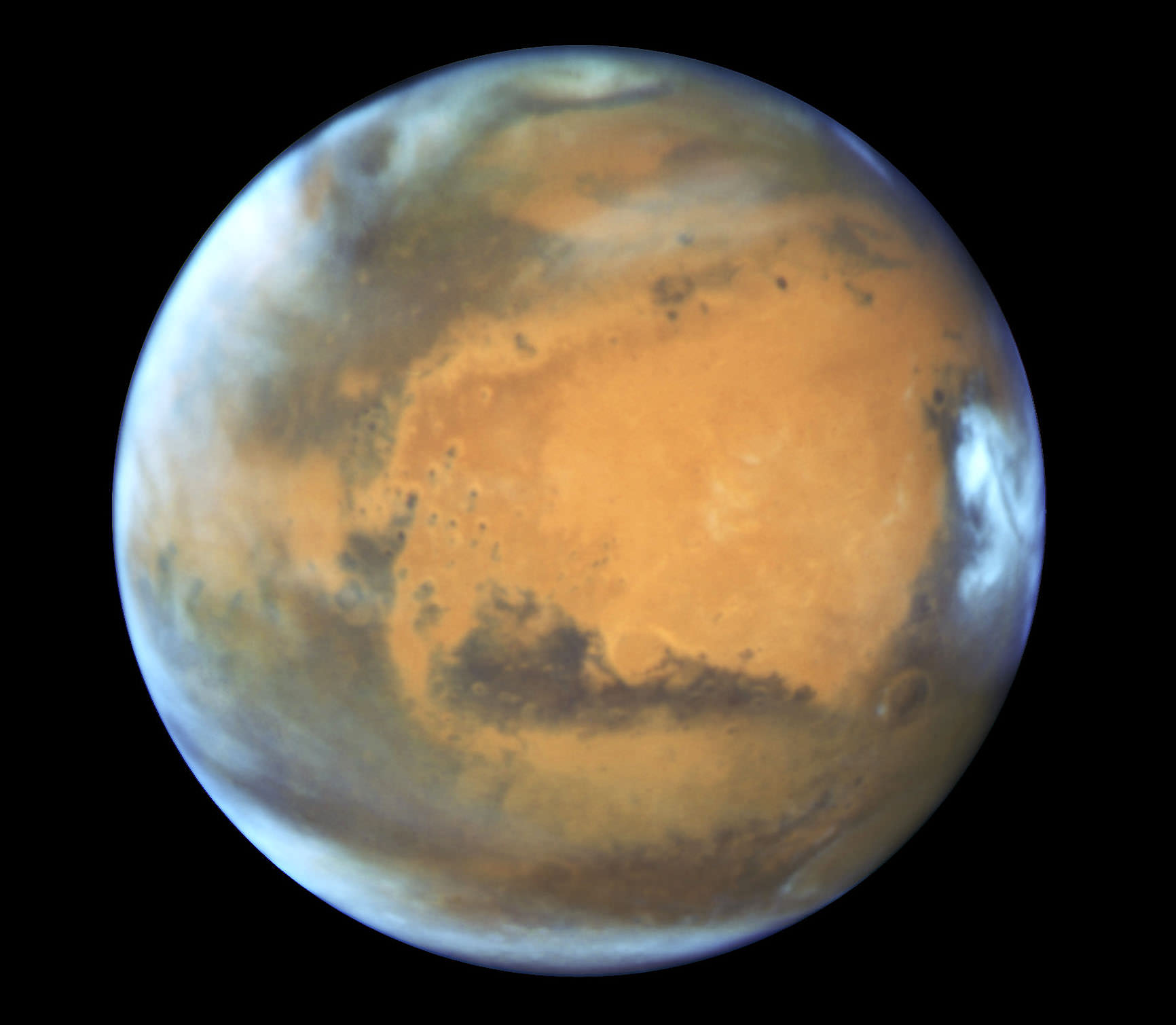
On Earth, clouds form when enough droplets of water condense out of the air. And those droplets require a tiny speck of dust or sea salt, called a condensation nuclei, to form. In Earth’s atmosphere, those tiny specks of dust are lofted high into the atmosphere where they trigger cloud formation. But on Mars?
Mars has something else going on.
Continue reading “Martian Clouds Might Start with Meteor Trails Through the Atmosphere”Earth has a Water Cycle. Mars has a Dust Cycle
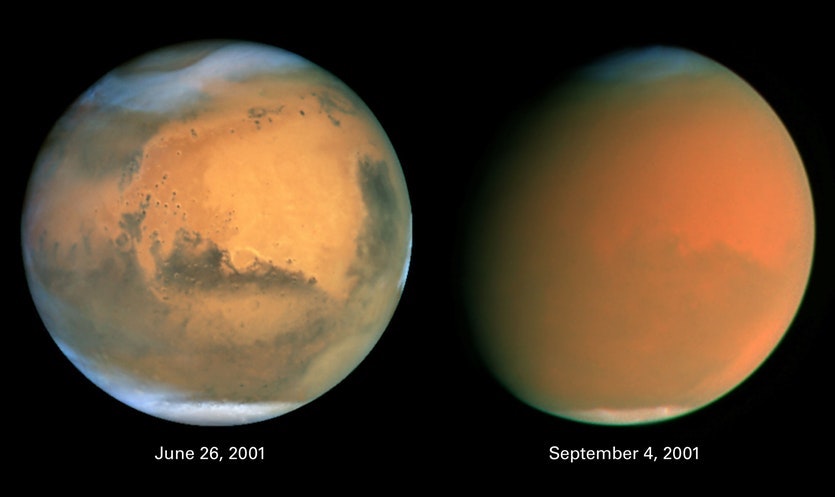
To say there are some myths circulating about Martian dust storms would be an understatement. Mars is known for its globe-encircling dust storms, the likes of which are seen nowhere else. Science fiction writers and Hollywood movies often make the dust storms out to be more dangerous than they really are. In “The Martian,” a powerful dust storm destroys equipment, strands Matt Damon on Mars, and forces him into a brutal struggle for survival.
Continue reading “Earth has a Water Cycle. Mars has a Dust Cycle”Saltwater Similar to the Earth’s Oceans has been Seen on Europa. Another Good Reason Why We Really Need to Visit This Place
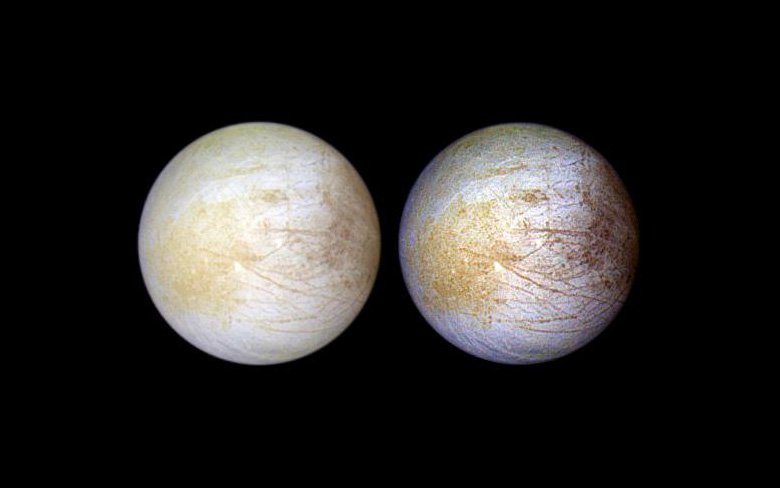
Jupiter’s moon Europa is an intriguing world. It’s the smoothest body in the Solar System, and the sixth-largest moon in the Solar System, though it’s the smallest of the four Galilean moons. Most intriguing of all is Europa’s subsurface ocean and the potential for habitability.
Continue reading “Saltwater Similar to the Earth’s Oceans has been Seen on Europa. Another Good Reason Why We Really Need to Visit This Place”This is What the Ground Looked Like After InSight Landed on Mars
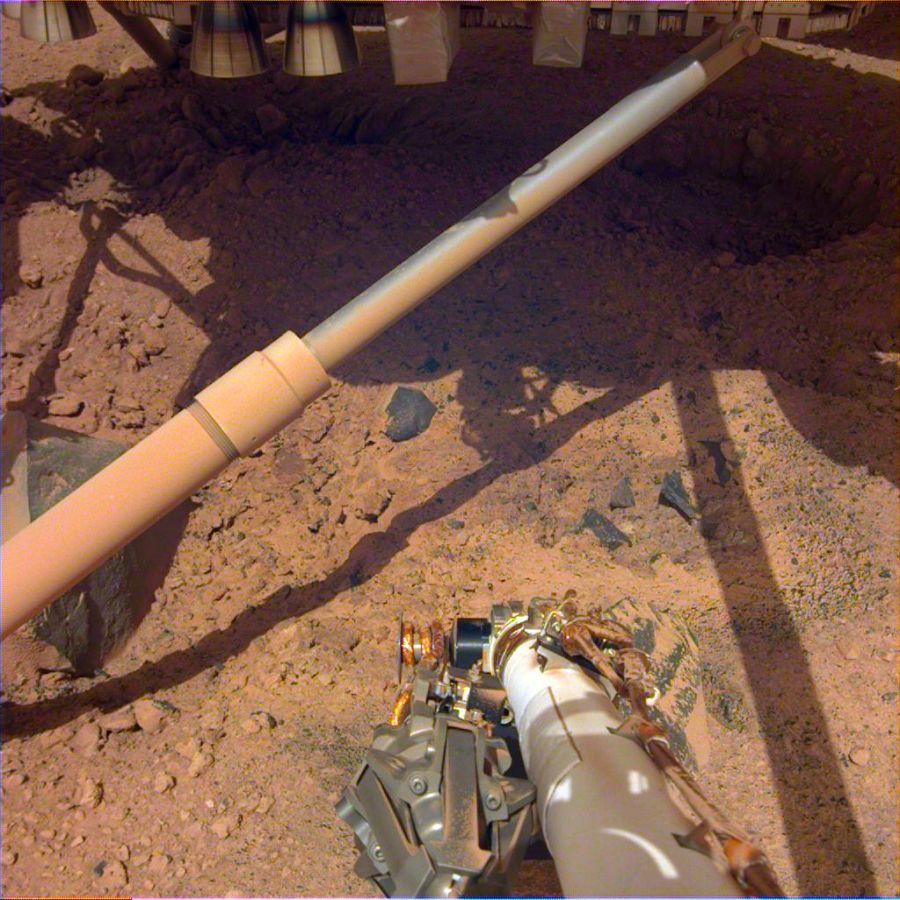
When InSight landed on Mars on Nov. 26th, 2018, it deployed a parachute to slow its descent through the thin Martian atmosphere. As it approached the surface, it fired its retro rocket to slow it even more, and then gently touched down on the surface. As it did so, its retro rockets excavated two small pits in the Martian soil.
Continue reading “This is What the Ground Looked Like After InSight Landed on Mars”An Orbit Map of the Solar System

If you want to know what a talent for scientific visualizations looks like, check out Eleanor Lutz. She’s a PhD student in biology at the University of Washington, and at her website Tabletop Whale, you can see her amazing work on full display.
Her latest piece is a map showing all the orbits of over 18,000 asteroids in the Solar System. It includes 10,000 asteroids that are over 10km in diameter, and about 8,000 objects of unknown size.
Continue reading “An Orbit Map of the Solar System”Ceres is a Strange Place, Including a Volcanic Peak 4,000 Meters High Made From Bubbling Salt Water, Mud and Rock
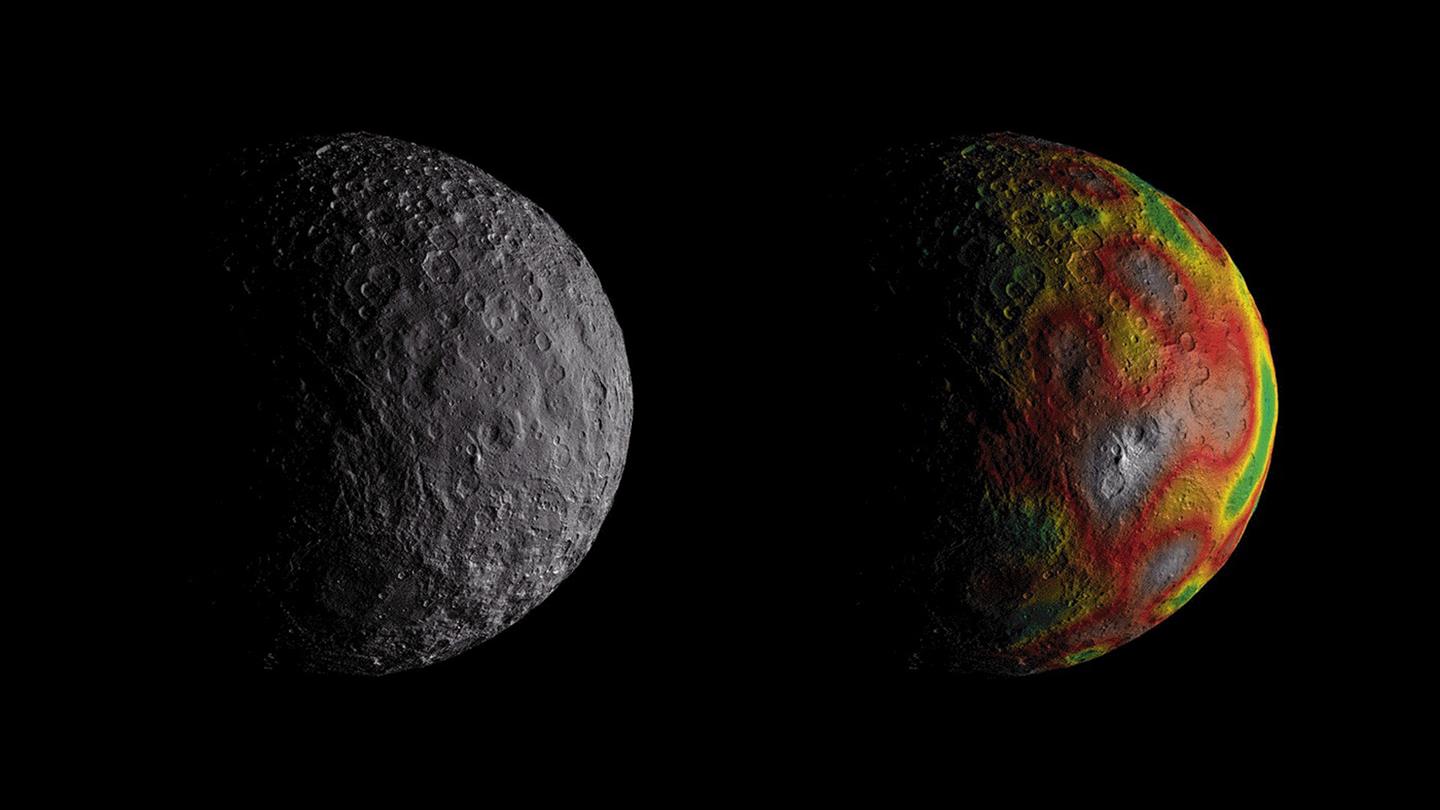
Ceres, at almost 1,000 km (620 miles) in diameter, is the largest body in the asteroid belt. Between 2015 and 2018, NASA’s ion-powered Dawn spacecraft visited the dwarf planet, looking for clues to help us understand how our Solar System formed. Ceres is the first dwarf planet ever visited by a spacecraft.
Now that scientists have worked with the data from Dawn, we’re starting to see just how unusual Ceres is. One of the most shocking of Dawn’s findings is the volcano Ahuna Mons, a feature that seems out of place on this tiny world. Now scientists from the German Aerospace Center (DLR) have figured out how this strange feature formed on this intriguing little planet.
Continue reading “Ceres is a Strange Place, Including a Volcanic Peak 4,000 Meters High Made From Bubbling Salt Water, Mud and Rock”Mimas Pushes Through Saturn’s Rings Like a Snowplow
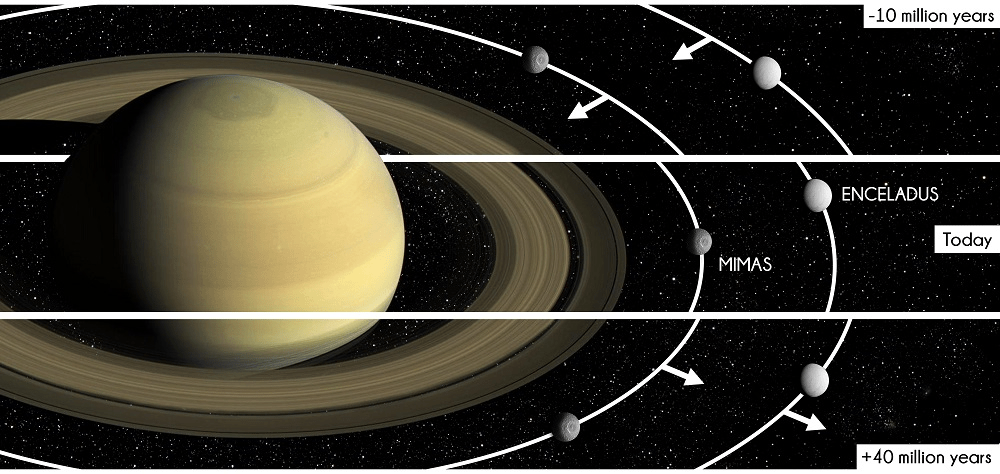
Saturn’s moon Mimas is the smallest of the gas giant’s major moons. (Saturn has 62 moons, but some of them are tiny moonlets less than 1 km in diameter.) Two new studies show how Mimas acted as a kind of snow-plow, widening the Cassini division between Saturn’s rings.
Continue reading “Mimas Pushes Through Saturn’s Rings Like a Snowplow”
